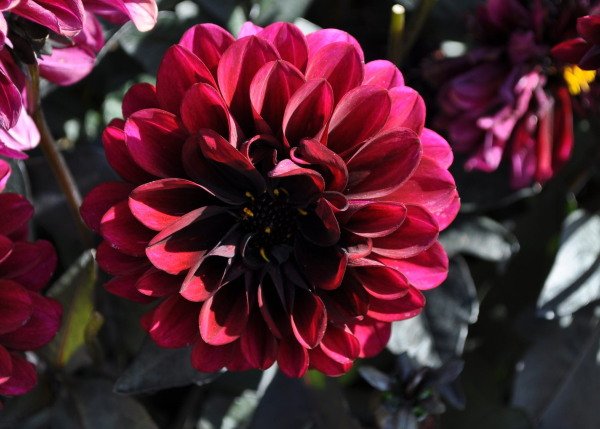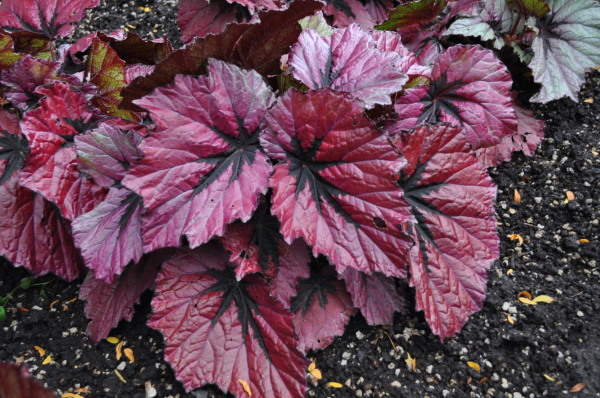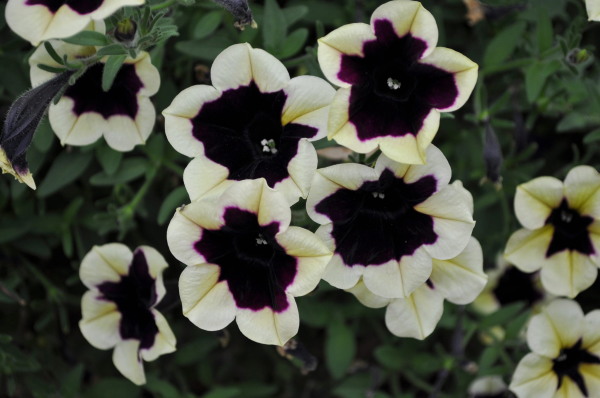The 2020 gardening season is almost upon us and Colorado State University’s Flower Trial Garden is set to plant and bloom on schedule this year. For many spending more time at home during the COVID-19 pandemic, the approach of home gardening season is a particular respite. Colorado State University researchers recently revealed their top annual picks – sure to act as natural stress relievers to gardeners this spring and summer. For consumers wanting to know what flowers to plant this growing season, a list of great possibilities comes from Colorado State University’s Annual Flower Trial Garden. The garden, which spans nearly three acres on the east side of the Fort Collins campus, is a Northern Colorado showpiece with a focused research and outreach purpose. Each year, the Annual Flower Trial Garden tests and analyzes the performance of more than 1,000 varieties of annual bedding plants in Colorado’s harsh growing conditions. Dozens of expert evaluators rate the plants for vigor, growth pattern, bloom and other characteristics. The trial results help home gardeners identify annual bedding plants that are most likely to succeed.
Gardening Season 2020
“The Annual Flower Trial Garden – also a vital training ground for CSU horticulture students – is a part of a network of trial gardens at land-grant universities nationwide,” said Jim Klett, faculty coordinator and professor in CSU’s Department of Horticulture and Landscape Architecture. “It’s the largest garden of its kind west of the Mississippi River.” Winners from the 2019 evaluation are now available at area nurseries and garden centers for the 2020 home gardening season. For more detailed descriptions and photographs, visit www.flowertrials.colostate.edu.
About the Trial Garden
CSU’s Flower Trial Garden, which draws thousands of visitors each year, relies on student gardeners, volunteers and industry supporters and experts who help provide detailed analysis of plant performance. Colorado State Extension Master Gardeners play an essential role in planting and maintenance of the garden. The outcome of this research is valuable to the industry and home gardeners alike. That’s because the Rocky Mountain region has unique growing conditions, characterized by high altitude, intense solar radiation, drying winds, severe hailstorms, large fluctuations between day and night temperatures and a season-long need for irrigation.
The Trial Garden receives no direct state or public funding. It is funded primarily by fees from plant-breeding companies that submit entries to the trials. The garden also receives donations from industry associations, foundations, nurseries, plant producers and other companies in the green industry.
Evaluation
The trial evaluation day was held on August 6, 2019. Approximately 150 judges consisting of industry representatives, master gardeners, university employees and trial garden advisory committee members evaluated the plant varieties for performance using a combination of these criteria:
Plant quality
- Uniformity of plant habit
- Bushy, well-branched shape versus open and leggy
- Healthy foliage (deep green versus chlorotic, yellow leaves)
- Foliage texture
- Disease resistance
Flower quality
- Flower power (number of flowers per plant, substance and holding power)
- Flower presentation (i.e. not hidden by the foliage)
- Color uniformity
- Stable color (resistance to fading) and stable pattern (for bicolor)
- Flower size and uniformity of flowers
- Balance of color in a mixture
Overall presentation
- Overall “clean” look, versus visible spent blooms
- Fragrant flowers and/or foliage
- Good vigorous growth
- Resistance to climatic stress
- Novelty value of unique features
- Overall consumer appeal
Plant varieties were rated on a scale of 1 to 10 (1 = very poor performance; 10 = excellent performance). These numerical evaluations were used to calculate the average ratings for each variety in the trials. Participants were to use their tablets or cell phones to electronically evaluate the plants. The pre-generated comments they could choose from included: Low vigor, Vigorous plant, Few flowers, Many flowers, Uniform, Non-uniform, Unique color and Some chlorosis.
Selection of “Best Of” Winners and “Other Outstanding Plants”
Ratings from all evaluators on Aug. 6 were averaged and the top five in each class were placed on a preliminary list. A class is determined to be any group of plants in the same genus that consisted of 10 or more trial entries. The “Best Of” award was given to classes whose top-five list had ratings of at least 6.0 and one of them could be considered superior. A sub-committee of university and industry representatives revisited the garden on Sept. 12 to review the top-five list and verify the superiority of the top rated varieties later in the season and not just on Aug. 6. A majority vote was taken for each class to determine the final selections for winners. “Other Outstanding Plants” was an award created to recognize other plants that deserved special recognition; especially for those plants that did not have ten varieties to make up a judging class. The following is a list of the 2019 “Best Of” Annual Flower winners and the complete list and report can be found at www.flowertrials.colostate.edu.
“Best of” Annual Flower Winners from the 2019 CSU Trials

Best of Show – Dahlia ‘City Lights Purple’ from Selecta
The dark foliage and flowers of this variety made a dramatic statement in the garden. The growth habit had excellent uniformity with upright plants that did not flop despite overhead irrigation. Plants had strong flower power and were favorites of the bees.

Best Novelty – Begonia T-REX Ruby Slippers from Terra Nova Nurseries
The huge red leaves had silvery edges that would make a great contrast for color and texture with other plants in the garden. Plant is grown mainly for the foliage. It made a very eye-catching plant for areas with dry shade and can be used in either the ground or in containers.

Best New Variety – Petunia ‘Headliner Dark Saturn from Selecta
The unique flower color was very impressive with a bold soft creamy yellow and a dark star shaped eye. Plants had strong vigor and developed into a uniform blanket of blooms in the container. Plants and flowers held up well in the heat.
